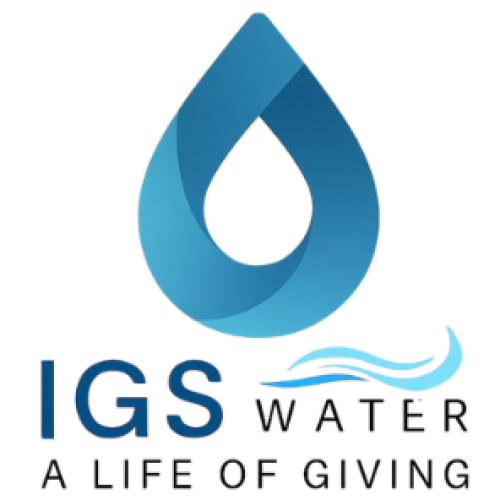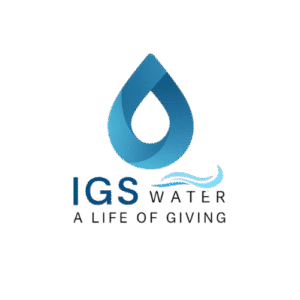Have you ever heard of nanobubbles? They’re not something you see rising in your water glass — they’re microscopic, ultra-fine bubbles so small that they behave differently from normal bubbles. And after testing the IGS Nanobubble Generator ourselves, we’ve seen just how powerful they can be.
What Are Nanobubbles?
Nanobubbles are gas bubbles with diameters typically less than 200 nanometers. Because of their size and unique surface properties, they remain suspended in water far longer than ordinary bubbles, delivering dissolved gases (like oxygen) deep into water bodies. In many applications, that means more efficient gas transfer, better water quality, and fewer dead zones where oxygen is low.
IGS claims their device can produce “pure nanobubbles” — in fact, they say their nanobubble ratio exceeds 99%. More than 100 million nanobubbles, working together, can significantly boost the solubility of gases in water. Their catalog describes how the technology helps raise dissolved oxygen (DO), reduce odors, and improve water clarity. (From IGS’s published catalog)
Our Testing Experience & Observed Effects
When we put the IGS unit through its paces under real working conditions, we witnessed some striking results. First, the dissolved oxygen levels in the test water rose rapidly after starting the unit. Within a short time, DO increased by a substantial margin. What impressed us even more was that when we paused the input gas, the elevated oxygen level stayed stable longer than expected — a clear sign that nanobubbles were persisting in the water.
In water with suspended solids (that is, somewhat turbid or dirty water), the unit held its ground. We saw minimal clogging or performance degradation during continuous operation. Energy draw was modest for the effect achieved; compared to our baseline aeration system, the IGS generator showed favorable efficiency.
Over a longer period, subtle yet meaningful improvements became visible: the water looked clearer, and odors faded. We also noted a more uniform distribution of dissolved oxygen from top to bottom, reducing stratification.
All in all, our testing confirmed many of IGS’s claims: the device is effective, relatively low maintenance, and capable of delivering real improvements in water quality.
Why It Matters & Where It Helps
The IGS Nanobubble Generator isn’t just a tech novelty. In ponds, aquaculture systems, irrigation reservoirs, wastewater basins, or any water body needing oxygen enrichment, this kind of device can make a practical difference. It helps support aerobic microbial activity, prevents fish or plant stress from low oxygen, suppresses odors, and generally stabilizes water environments where conventional aeration often underperforms.
From our hands-on test, it’s clear that nanobubble technology is more than marketing hype — it can be a valuable tool in modern water management.

